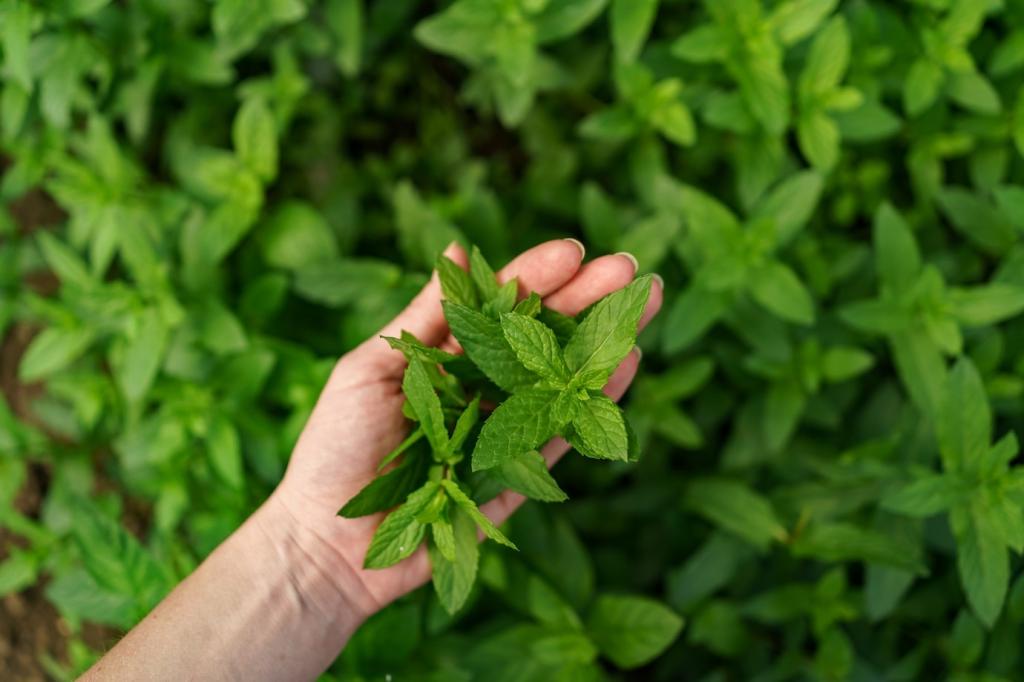Essential Tips for Beginner Indoor Herb Gardeners
Starting an indoor herb garden is an enjoyable and rewarding experience, especially for beginners looking to add fresh flavor and greenery to their homes. With the right guidance and a bit of patience, anyone can cultivate a thriving collection of herbs indoors, regardless of prior gardening experience. This guide explores crucial tips to help you launch and sustain a successful indoor herb garden, from selecting suitable herbs to mastering basic care techniques. Discover how to make your indoor space come alive with aromatic, edible plants that enhance your meals and your environment.

Choosing the Best Herbs for Indoors
Basil, chives, and parsley are fantastic kitchen companions and are perfect for indoor environments. These herbs germinate quickly from both seeds and starter plants, making them ideal for learning about plant care without overwhelming yourself. Their growth patterns are typically forgiving, so if you occasionally miss a watering or choose a less-than-ideal spot, they’re likely to bounce back. Keeping popular herbs close by doesn’t just freshen your meals; it adds a burst of greenery to your home, making the gardening experience both visually pleasing and practical. As you gain confidence with these simple herbs, you’ll find it easier to expand your indoor collection.
Some herbs, like mint, oregano, and thyme, are particularly tolerant of varying indoor conditions. These robust plants aren’t as sensitive to lighting fluctuations or the less humid environment typically found in homes. Mint, for example, is almost notorious for its adaptability and eager growth, often thriving even when neglected. Thyme and oregano, being Mediterranean natives, handle drier soil and indirect light better than fussier herbs. Growing these resilient species can ease beginners into gardening responsibilities, providing positive results and keeping motivation high as you build your plant-care skills.
While you might be tempted to try exotic or delicate herbs right away, some options are challenging even for experienced gardeners. Cilantro, rosemary, and dill often require more precise temperature, light, and moisture levels to flourish indoors. Rosemary, in particular, struggles with the humidity and light levels found inside most homes, leading to browning and slow growth. Focusing on easy herbs avoids frustration and helps you build the confidence necessary for future gardening success. Save more demanding varieties for when you’ve mastered the care basics and your indoor garden setup is fully optimized.
Mastering Light and Placement
Harnessing Windowsills and Sunlit Spots
Bright south-facing windows are prime real estate for herb growth, as they usually receive plenty of sun throughout the day. Position your pots so that herbs receive at least 6 hours of direct sunlight daily—this is vital for strong stems and flavorful leaves. Rotate your containers weekly so that all sides of each plant get even exposure, preventing lopsided growth. If prime windowsill space is limited, consider grouping light-loving herbs together and moving less demanding types to shadier spots. Observing how your plants respond to the available light will teach you how to adjust their positioning for maximum health.
Supplementing With Grow Lights
If your home doesn’t get enough natural sunlight, investing in a quality grow light can bridge the gap. Contemporary LED grow lights are energy-efficient and customizable, allowing you to mimic natural sunlight conditions. Place grow lights about 6 to 12 inches above your herbs and use them on a timer to provide consistent light, ideally for 12-16 hours a day. This approach is particularly helpful in winter months or in apartments with small or north-facing windows. Grow lights ensure that herbs keep growing robustly, regardless of your local climate or architecture.
Avoiding Drafts and Fluctuating Temperatures
Temperature stability is just as important as light when growing herbs indoors. Most culinary herbs prefer steady temperatures between 65 and 75°F. Avoid placing your plants near drafty windows, doors, or heating vents, as sudden temperature changes or hot, dry air can stress delicate foliage and stunt growth. Even a cold gust from an opening door during winter or a direct blast from a summer air conditioner might negatively affect your herbs. Monitoring your indoor environment and making minor adjustments keeps your plants thriving and reduces the risk of problems related to placement.
Watering and Feeding Your Herbs
Consistency in watering is crucial, but so is understanding that most herbs dislike soggy soil. Always check the soil by inserting your finger about an inch deep; if it feels dry, it’s time to water. Use room-temperature water and pour slowly until excess drains from the pot’s bottom. Empty any excess water from saucers to avoid root rot. Your watering schedule might change seasonally, with more frequent watering in spring and summer compared to winter. Observing your herbs for signs of drooping or yellowing leaves can help you adjust your habits as you learn what each species prefers.

